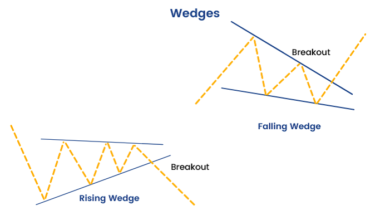Electrician Trade School: What you need to know?

Are you considering a career as an electrician? If so, attending an electrician trade school could be the first step towards a rewarding and in-demand profession. As someone who has explored this path, I’m here to share insights on what you can expect from electrician trade school and how it can set you up for success in the electrical industry.
Why Choose Electrician Trade School?
Electrician trade school provides specialized training that equips you with the skills and knowledge needed to succeed in the electrical field. Unlike traditional four-year colleges, trade schools focus on hands-on learning and practical experience. This means you’ll spend less time in the classroom and more time gaining real-world skills that employers are looking for.
Know more about: Trade Value Chart
What You’ll Learn
Electrician trade school covers a wide range of topics essential for a career in the electrical industry. Here’s a breakdown of what you can expect to learn:
- Electrical Theory
Understanding the fundamentals of electricity is crucial for any electrician. You’ll learn about electrical circuits, voltage, current, resistance, and how these concepts apply to real-world situations. - Wiring and Installation
Hands-on training in wiring and installation is a major component of electrician trade school. You’ll learn how to safely install electrical systems, including wiring, outlets, switches, and circuit breakers. - Blueprint Reading
Electricians often work with blueprints and technical diagrams. You’ll learn how to read and interpret these documents to accurately plan and execute electrical installations. - Safety Protocols
Safety is a top priority in the electrical industry. Trade schools emphasize safety protocols and best practices to ensure that you can work confidently and safely in various environments. - Building Codes and Regulations
Understanding local and national electrical codes is essential for compliance and quality work. You’ll study the National Electrical Code (NEC) and learn how to apply these standards to your work.
Hands-On Experience
One of the biggest advantages of electrician trade school is the emphasis on hands-on experience. Many programs include lab work, simulations, and apprenticeships where you can apply what you’ve learned in real-world settings. This practical training not only builds your skills but also boosts your confidence as you transition into the workforce.
Job Outlook and Opportunities
The demand for skilled electricians is on the rise, making this a stable and lucrative career choice. Electrician trade school can open doors to various job opportunities, including:
- Residential Electrician
Specializing in home electrical systems, including wiring, lighting, and troubleshooting. - Commercial Electrician
Working on electrical systems in commercial buildings, such as offices, stores, and factories. - Industrial Electrician
Handling complex electrical systems in industrial settings, including machinery and power distribution. - Maintenance Electrician
Providing ongoing maintenance and repair services for electrical systems in various settings.
How to Choose the Right Electrician Trade School
When selecting a trade school, consider factors like accreditation, program length, cost, and job placement support. Accredited programs ensure that you receive quality education that meets industry standards. Some programs may also offer financial aid and scholarships to help with tuition costs.
Final Thoughts
Attending electrician trade school is a smart investment in your future. With focused training, hands-on experience, and a growing demand for skilled electricians, you’ll be well-equipped to start a successful career in the electrical industry. Whether you’re just starting out or looking to switch careers, electrician trade school can light the way to a bright and fulfilling future.





